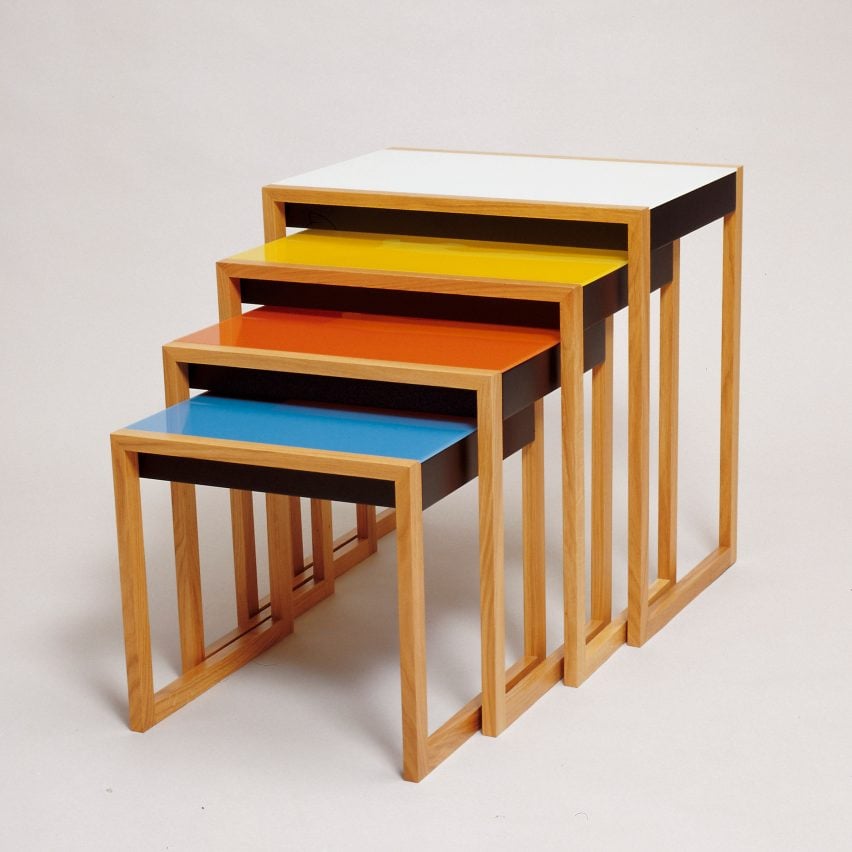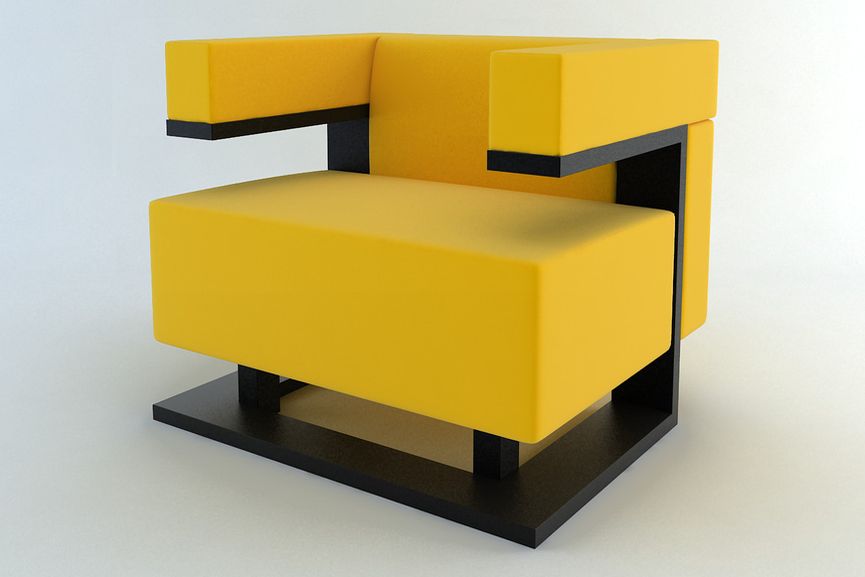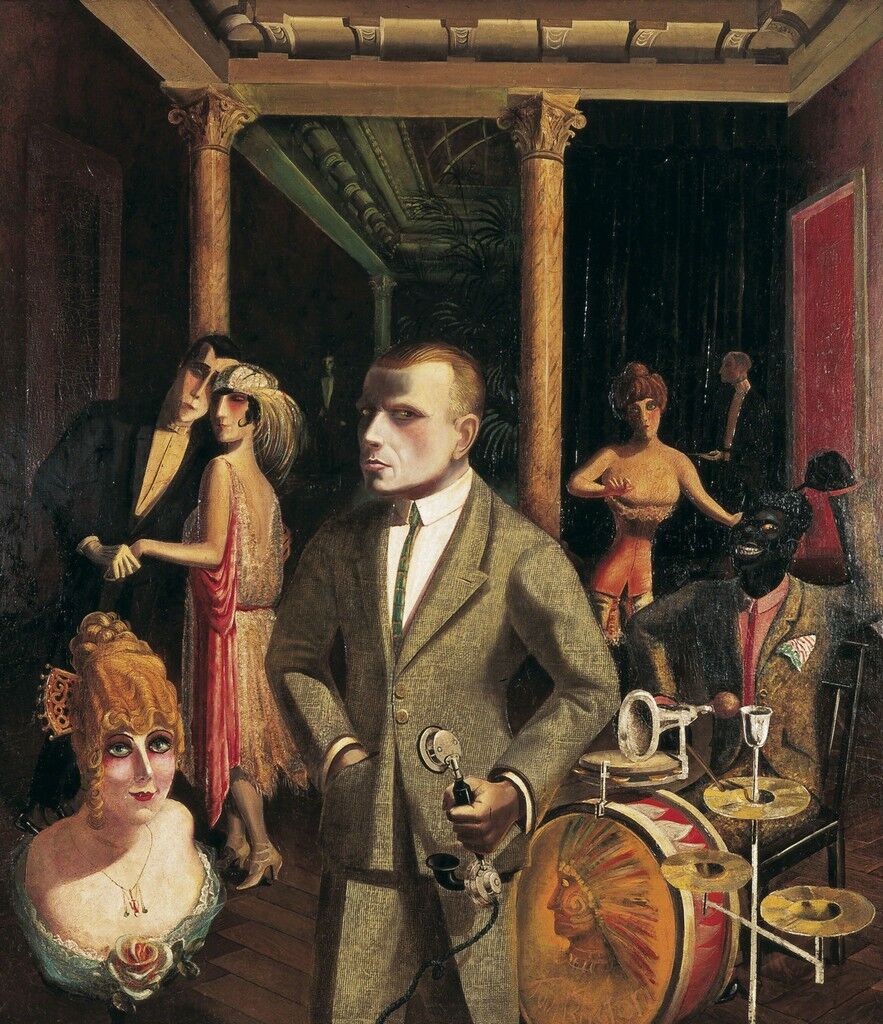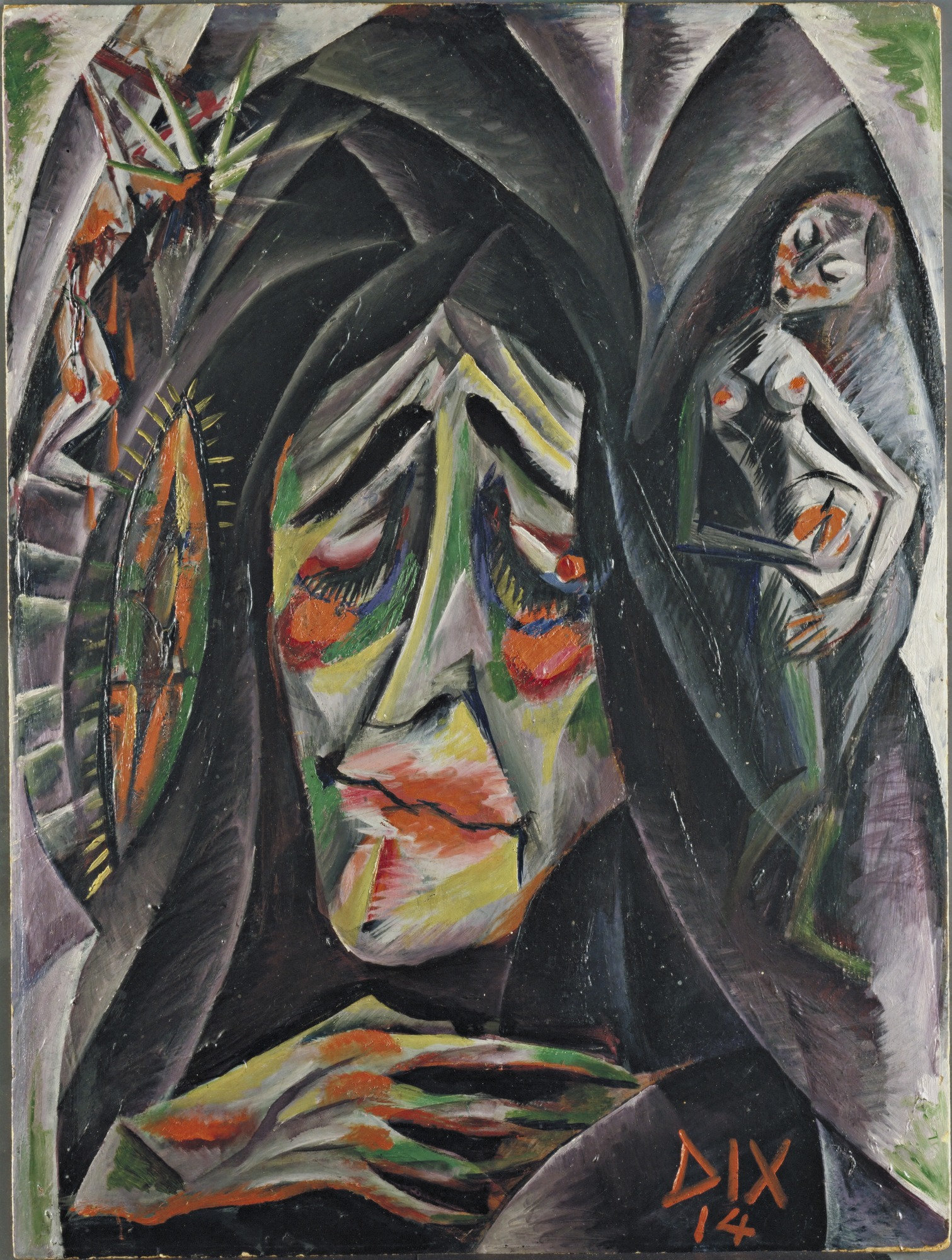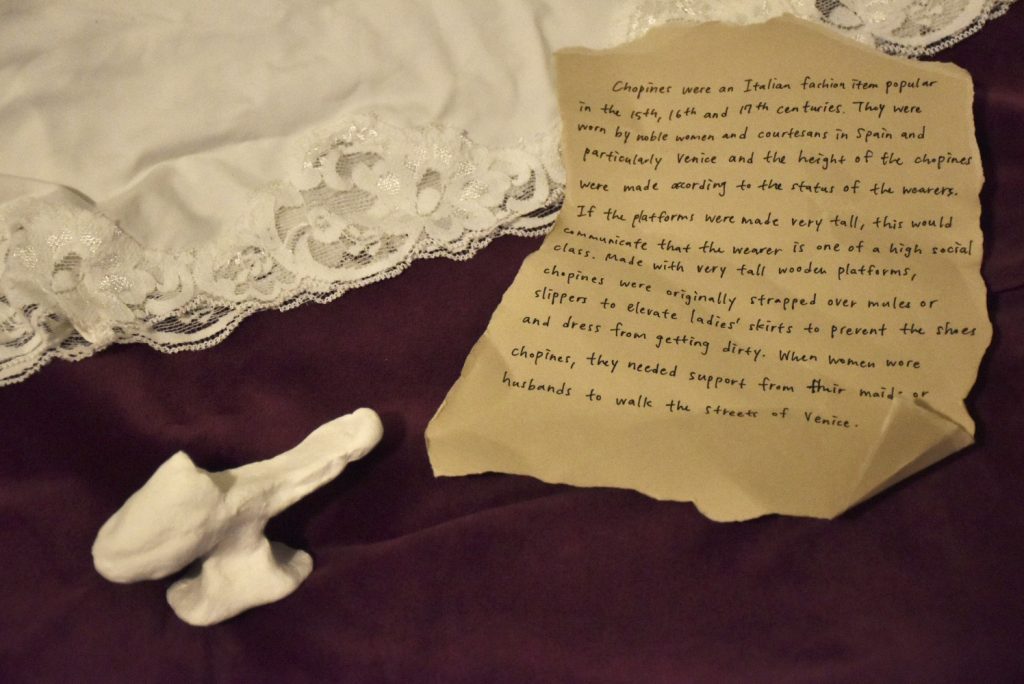Theo Dimson
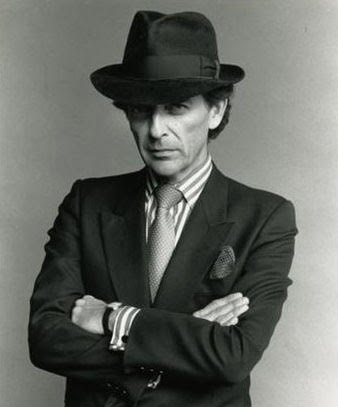
Theo Dimson (1930-2012) was a world-renowned graphic designer best known for his Art Deco-style movie and theatre posters and had close ties to the theatre community in Toronto. Dimson was born in London, Ontario, on April 8, 1930. At an early age, he was already interested in design and ended up with a scholarship to the Ontario College of Art and Design. Afterwards, he went from a firm to freelancing, then rejoining the first firm. Then in 1965, he became president and director of Reeson, Dimson & Smith Ltd. He decided to create The Dimson Design Inc. where he was the president and creative director. He spent much of his career and life in Toronto and he produced amazing pieces for George Luscombe at Toronto Workshop Productions, Hart House etc.
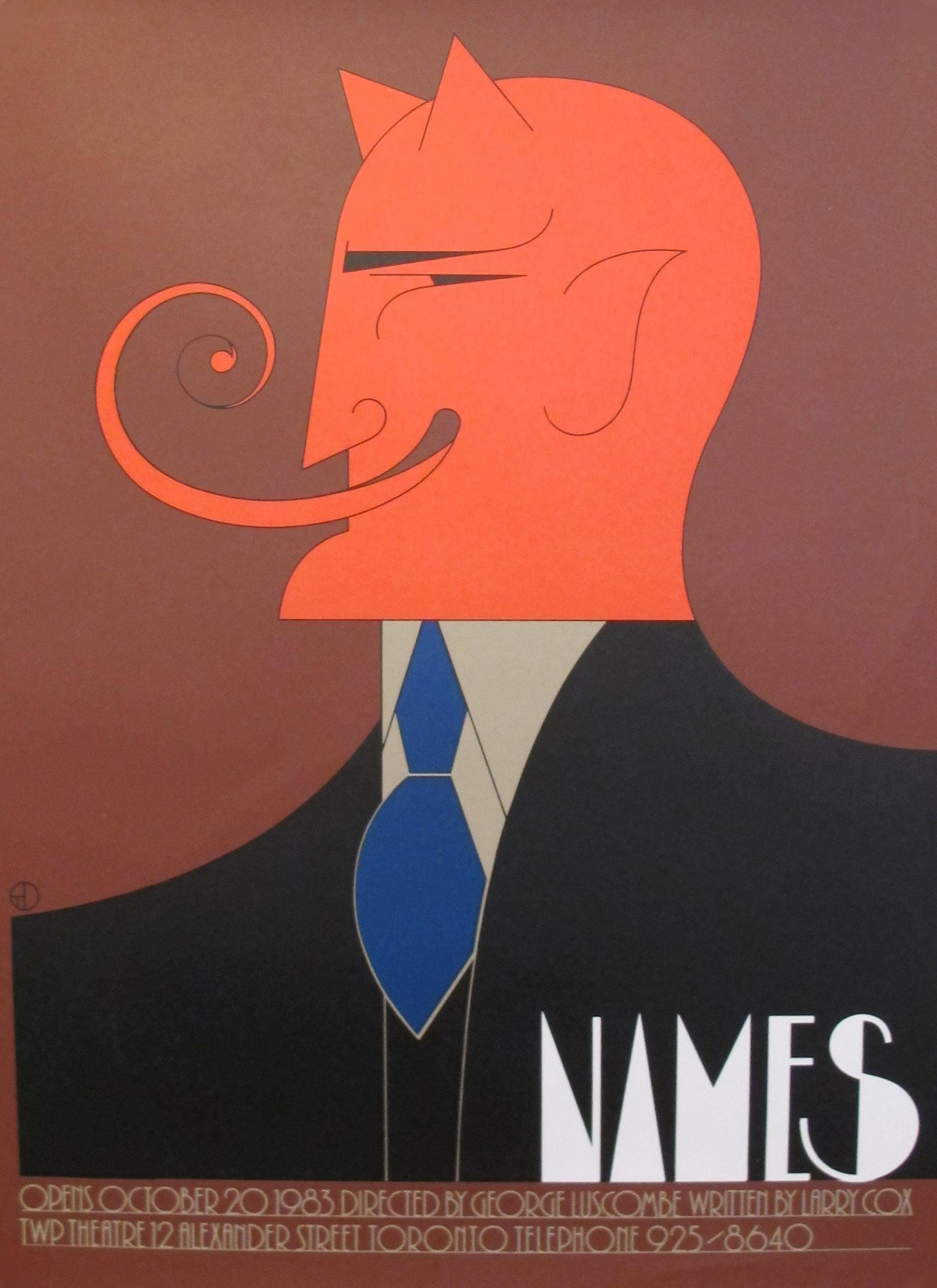
Dimson was internationally recognized and received awards and applause with exhibits in Finland, Poland, Germany, Japan, Switzerland, and the US. He used very thin lines in his work, fused with intriguing and wonderful use of colour, and included a lot of serifs and deco-looking sans serif.

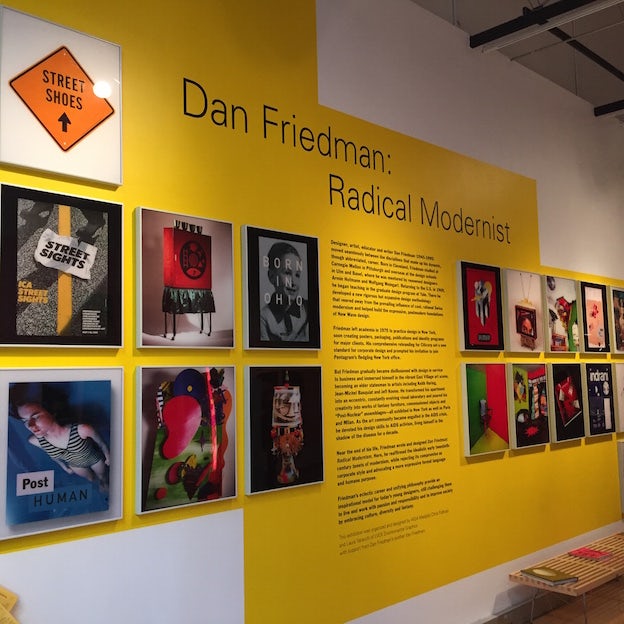


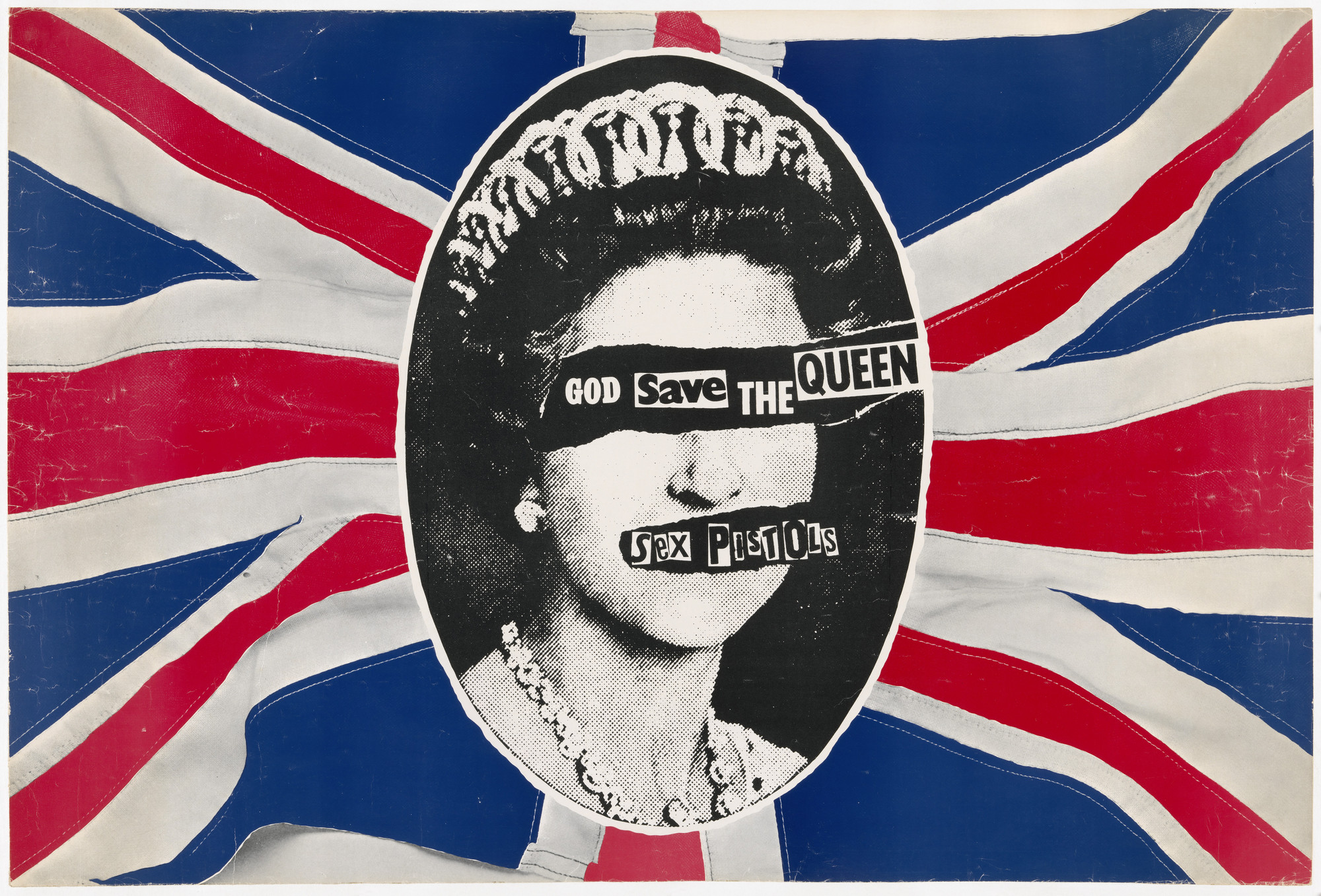

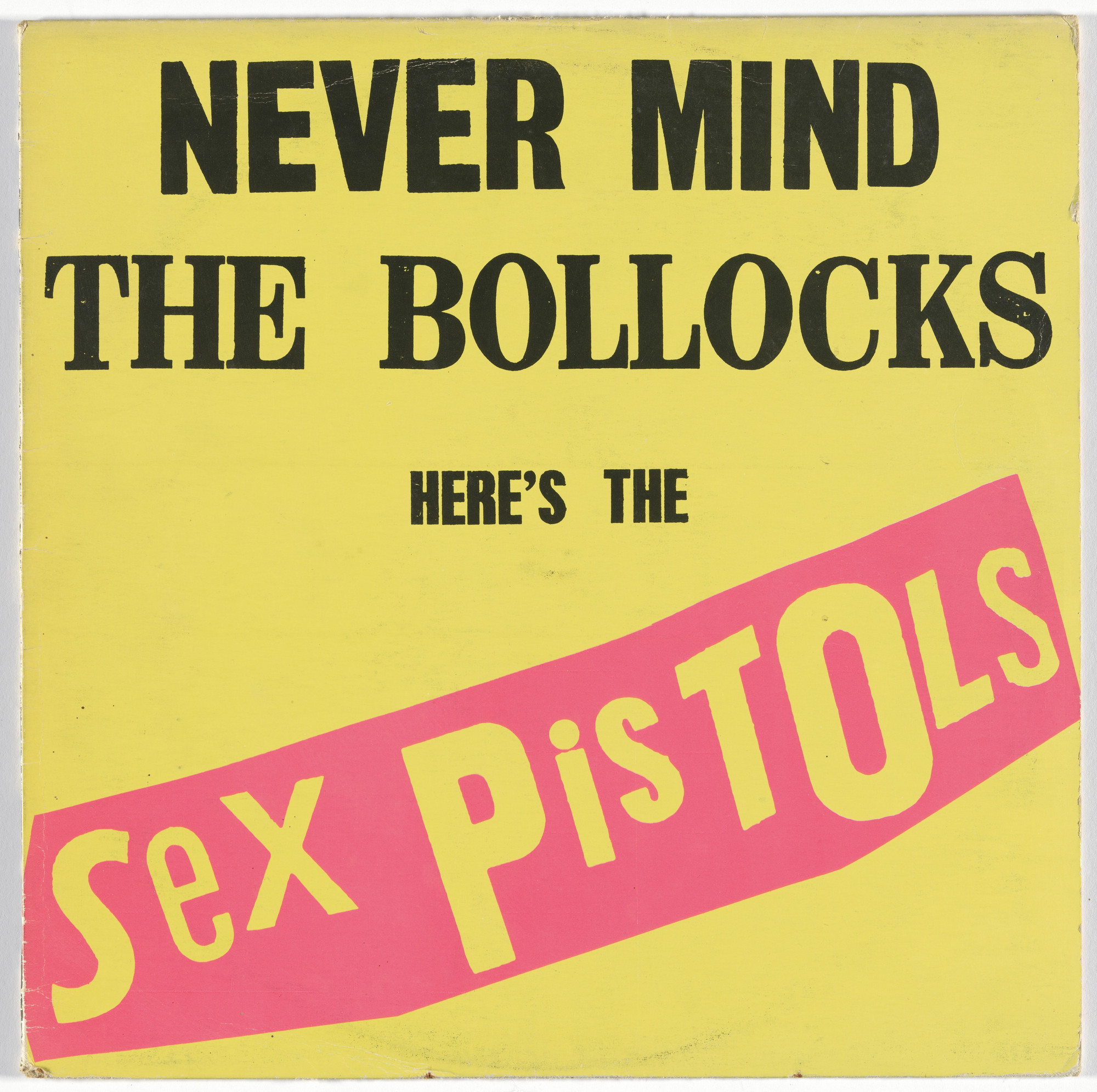



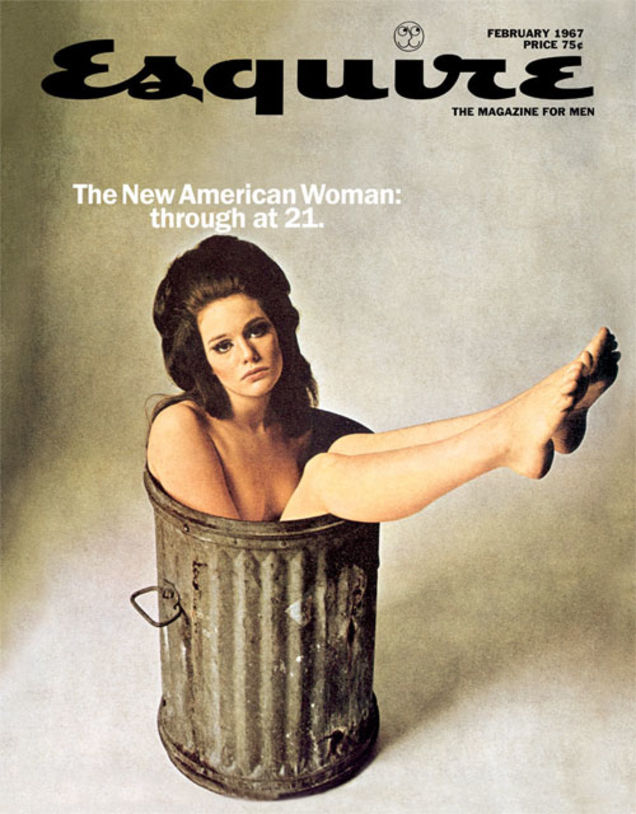


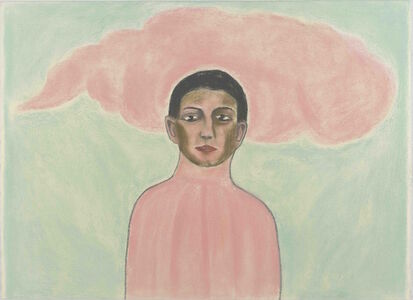

.jpg)

